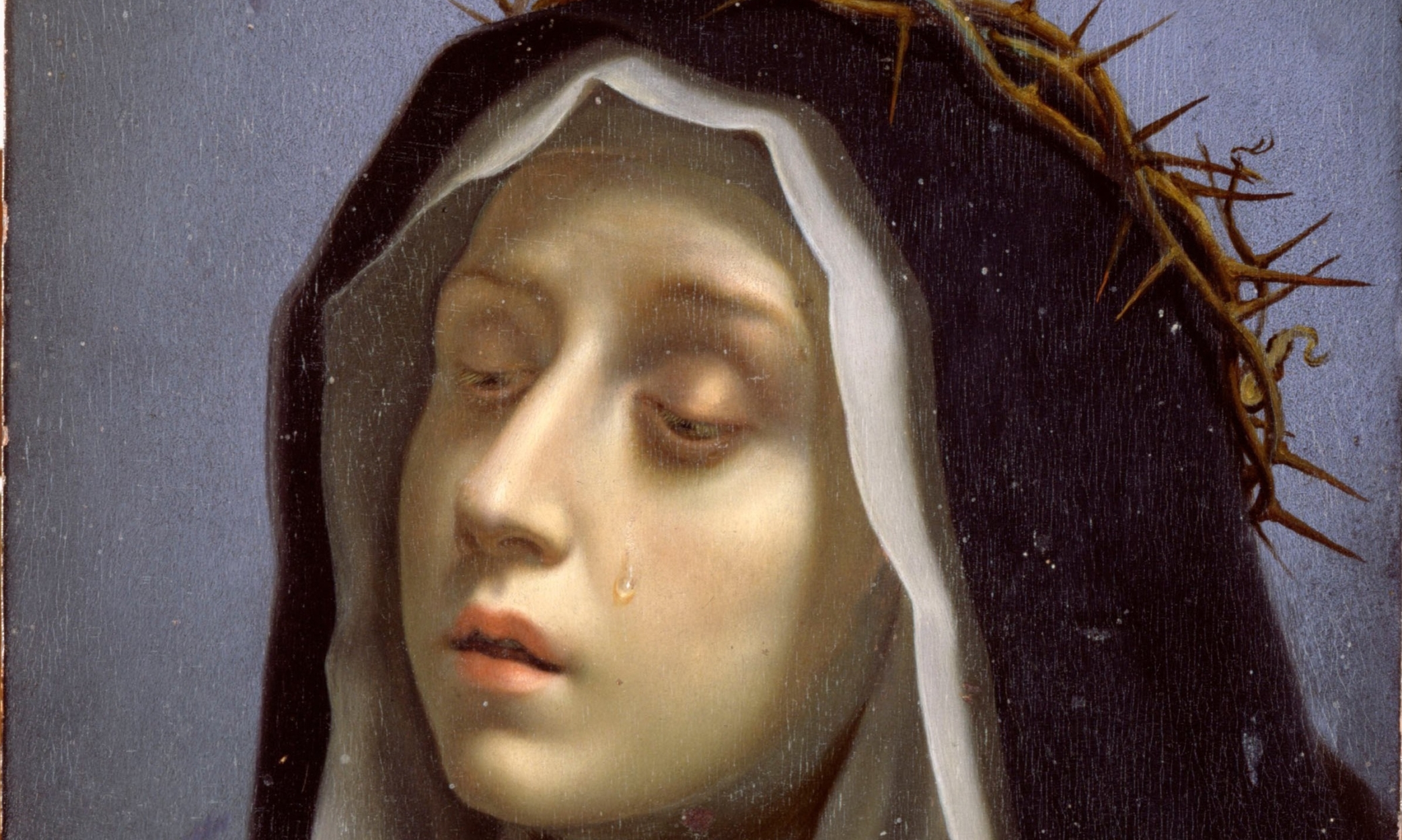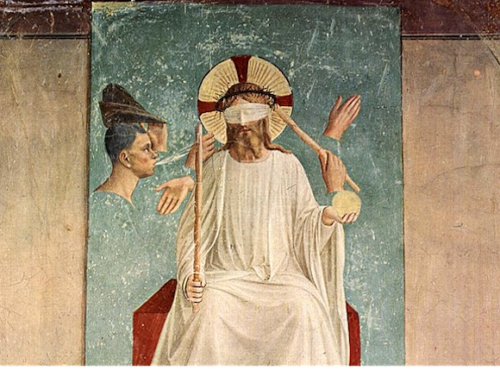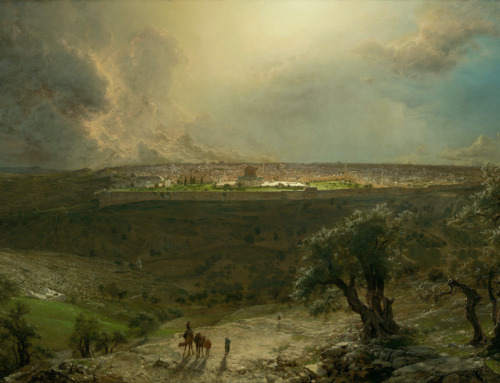To read about the life of a saint is to glimpse a world illuminated by a hidden light. The saint’s actions seem wild yet effective, spontaneous yet motivated by deep insight. As a dog responds to a whistle pitched far higher than the human ability to hear, so the saint responds to directives imperceptible to others.
St. Catherine of Siena’s severe penances, for example, would destroy those without some secret source of sustenance. No one could practice those austerities on her own strength. St. Catherine for years lived on the Eucharist alone. If this worries us, it also worried her contemporaries, as Sigrid Undset relates in her biography of the saint:
A poet from Florence wrote to warn her against misconceptions—he was especially afraid that her attempts to live without eating were a deception of the devil. Catherine replied very humbly and thanked him for his interest in her salvation; she was herself always afraid of the devil’s snares, and as for the fact that she was unable to eat she asked him to pray for her to be like other people in this respect, but it seemed as though God had given her this extraordinary physical condition.
The Florentine poet, like us unable to see St. Catherine’s source, feared for her. St. Catherine, on the other hand, trusted God’s strange activity in her life more than she trusted herself.
Perhaps we can relate most to St. Catherine’s experience of absolute reliance on God in moments of prayer in which we throw ourselves on God. We promise to live on his strength alone. A day later, however, we find that we are less like the saint and more like Graham Greene’s character who says to Christ, “I imagine I’m ready for the pain of your nails, and I can’t stand twenty-four hours of maps and Michelin guides.” We sense God, we try to respond, and we fall woefully short.
A life like St. Catherine’s can look miserable—minimal food, brief moments of sleep, agonizing mystical suffering. I wonder if we’re frightened that even our little Lenten penances will set us down a road of unbearable suffering. But St. Catherine’s suffering, though quite extreme, did not lead her to misery. By all accounts joy was one of her defining traits.
Despite the more extraordinary elements of her life, the light of faith makes sense of St. Catherine’s story. Having been drawn by God’s love, St. Catherine withdrew from tangible delights in pursuit of real spiritual delights. Having tasted God, she longed for him all the more and fled the things that could distract her. As the Letter to the Hebrews says, “Faith is the realization of what is hoped for and evidence of things not seen” (11:1). As evidence, or “assurance” as some translations have it, faith gives us true knowledge of things visible and invisible. Seeing St. Catherine’s life with spiritual sight, we see the quite concrete action of God.
Saints allow their lives to be transformed by supernatural love. As Archbishop Luis Martinez writes, this “love is as strong as death. It too detaches us from all things; therefore, it liberates us. The Holy Spirit detaches our heart from earthly things, infuses into our soul divine poverty, and makes us free” (The Sanctifier, 226). By observing the saints who allow themselves to be separated from the things that separate men from God, we see the power of the love in which the saints now rest and upon which we must learn to rely without reserve.
✠
Image: Carlo Dolci, St. Catherine of Siena







